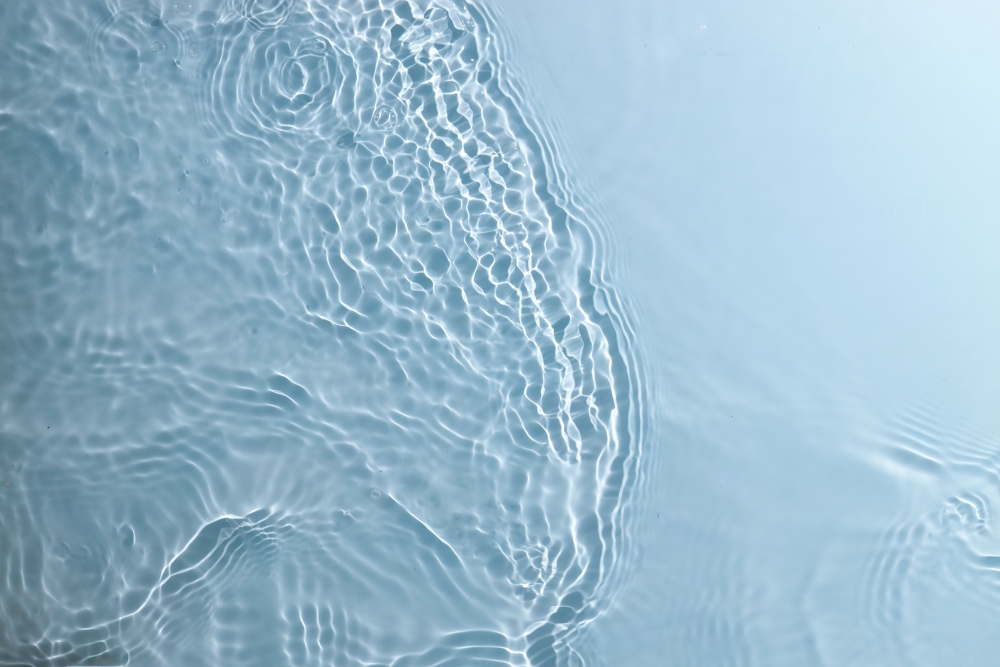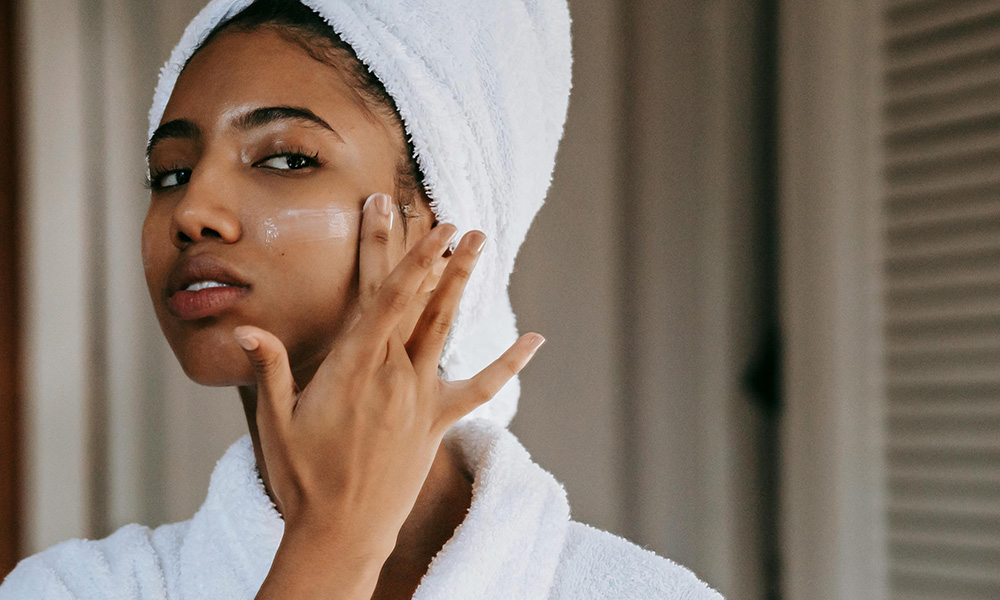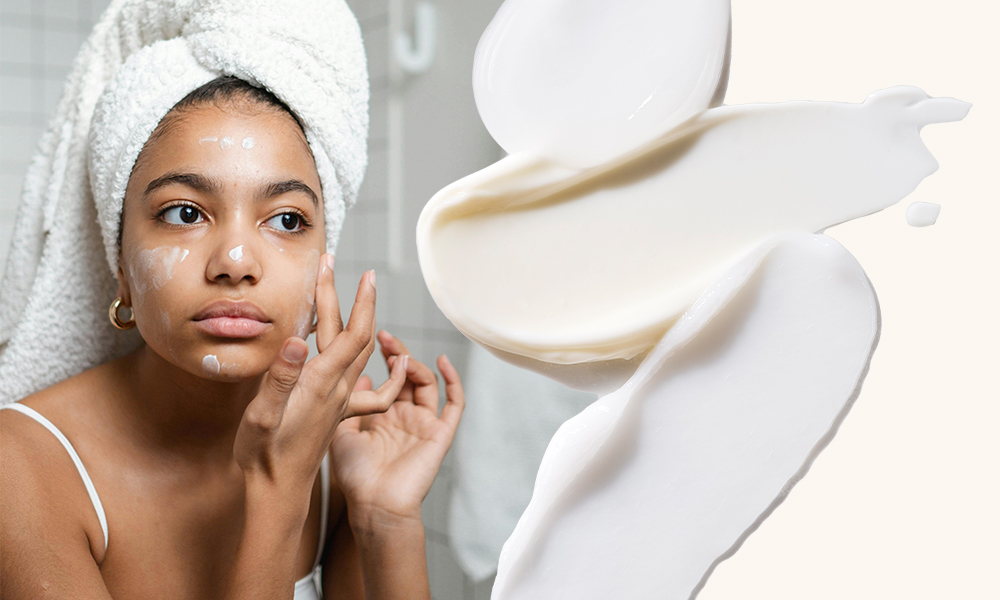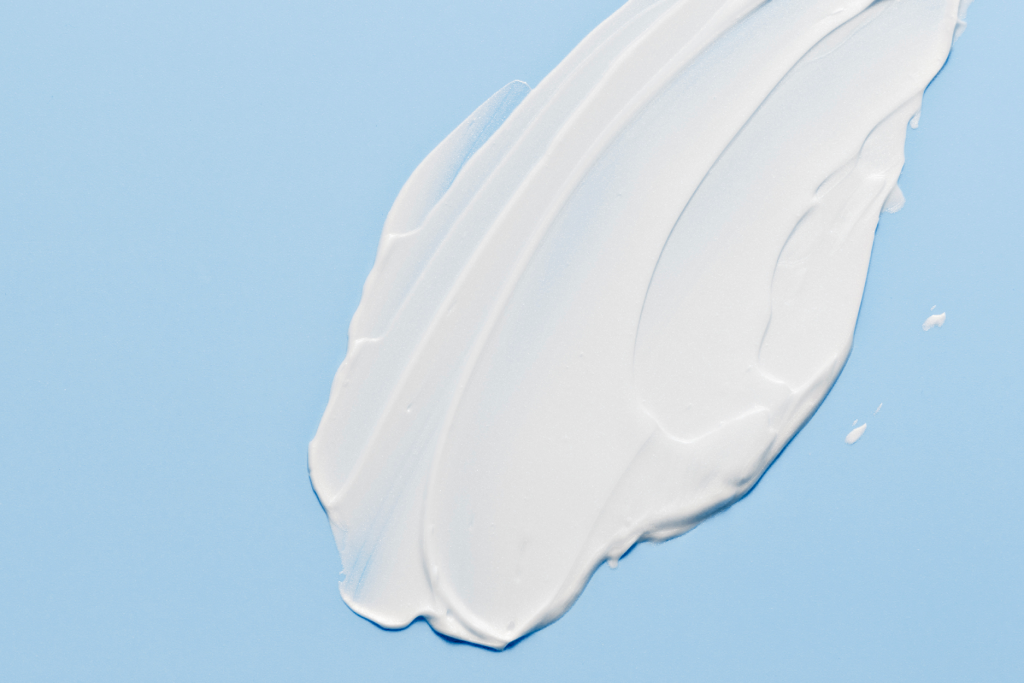The Brain-Skin Connection: Is Stress Affecting Your Complexion?

Link to share article here:
Ingredient Deep Dive: Humectants
There’s no feeling quite like soft, hydrated skin. It not only looks and feels great, but you know it’s healthy, replenished and your makeup (if you wear it) layers on like a dream.
How to achieve this heavenly skin? It’s all down to a nourishing routine, rich in a certain type of ingredient that attracts and retains moisture to your skin, leaving it supple, plump and almost glass-like.
Today on The Dose, we’re investigating humectants – what they are, how they work and where you can find them (hint: all good moisturisers have them).
What are humectants?
If you’ve ever looked up the glass skin hashtag on TikTok, you’ll see hundreds of thousands of videos (with billions of views), complete with ethereal-looking skin and a never-ending list of product recommendations. The ingredient that most of those products have in common? Humectants.
Humectants are a category of substances that retain moisture. They’re commonly used in food and medicine along with other industries, and are popular ingredients in skincare products, pulling moisture to the surface of the skin and retaining it.
Dr Jason Thomson, Head of Medical at Skin + Me, explains, “They work by attracting and holding onto water from the environment and also from the deeper layers of your skin.”
Humectants also help to keep your skin’s water levels optimal, ensuring that your skin doesn’t get dehydrated.
What are the different types of humectants?
GLYCERIN
We’ve already done an ingredient deep-dive on glycerin here on The Dose, but we’ll sum up the OG of skincare here. Glycerin is a topical moisturiser that’s also a naturally occurring compound in the skin. This is why you’ll often see it referred to in product descriptions and ingredient decoders as ‘skin identical’.
Glycerin, in addition to its duties as a humectant, also keeps the skin lipids between our skin cells in a healthy (liquid crystal) state, protects against irritation and helps to restore the all-important skin barrier.
UREA
Like glycerin, our bodies produce urea naturally – both in our urine and our skin. It’s commonly classified as a natural moisturising factor, and it’s a pretty intense one.
It breaks down keratin in the skin, leaving it soft and smooth – it’s why you’ll often find it in skincare products that target skin conditions like keratosis pilaris.
HYALURONIC ACID
Another Skin + Me favourite, hyaluronic acid is the it girl of skincare – not only is it a super affordable active ingredient, it works immediately upon application – even more so when applied to wet skin.
One of the better-known humectants, hyaluronic acid, as Dr Ben Esdaile, Consultant Dermatologist explains, is a misnomer, “The ‘acid’ in the name can be misleading here as it doesn’t strip your skin – hyaluronic acid is actually nourishing and hydrating.”
“It draws in and holds onto moisture from the surrounding environment for a plumper, more hydrated complexion. It’s great for dry, dehydrated skin and an oil-free option for acne-prone skin.” Head to our hyaluronic acid deep dive for more on this heroic hydrator.
BETAINE
Betaine is a planet-based amino acid, usually derived from sugar-beets, and a classic humectant. Like others in this category, it attracts and retains moisture in the skin. You’ll find it in both moisturisers from Skin + Me: Soothe + Smooth Light and Soothe + Smooth Rich.
SALICYLIC ACID
While technically classified as a BHA, we can also group salicylic acid in the humectants category because it exfoliates dead skin, allowing moisture to better penetrate the skin, keeping it smooth and soft.
ALPHA HYDROXY ACIDS (AHAs)
Lactic acid – found naturally in milk – is another exfoliant with hydrating properties. It strengthens the skin barrier, helps the skin produce more ceramides and defends the microbiome. We’ve touched on this subject before in our History of Skincare article, where we learned that ancient societies and historical figures like Cleopatra bathed in goats’ milk (rich in lactic acid) for this reason.
Glycolic acid, similarly, helps to keep your skin’s natural hyaluronic acid levels optimal. This, along with its exfoliating properties, make it a great ingredient to have on hand if you want to achieve smooth, glowing skin.
What’s the difference between moisture and hydration?
“The key difference between hydrators and moisturisers in skincare is that hydrating ingredients (humectants) actually hold on to and attract water molecules into the skin (from the body and environment)”, Dr Ben explains.
“Moisturisers tend to stop water loss by being more ‘occlusive’ and forming a seal over the skin to stop water escaping. Moisturisers tend to have more oil-based ingredients whereas the hydrating products tend to have humectants such as hyaluronic acid and glycerin.”
The way we categorise ingredients depends on what it actually does for your skin. Humectants which attract and retain moisture, sit under the moisturisers category alongside emollients and occlusives.
Emollients form a protective layer over the skin to keep moisture in, and dryness out. Occlusives do the same, but are much thicker – think vaseline, petroleum jelly and beeswax.
So, there you have it – here’s hoping the humectant hype keeps going!
New to Skin + Me? Get your first month of personalised skincare for £4.99 with promo code DOSE – complete our quick consultation here.
Looking for a routine refresh? Add the Dream Routine to your Skin + Me subscription.
In need of a restock? Head to The Skincare Shop for one-off purchases of your Routine Essentials.



